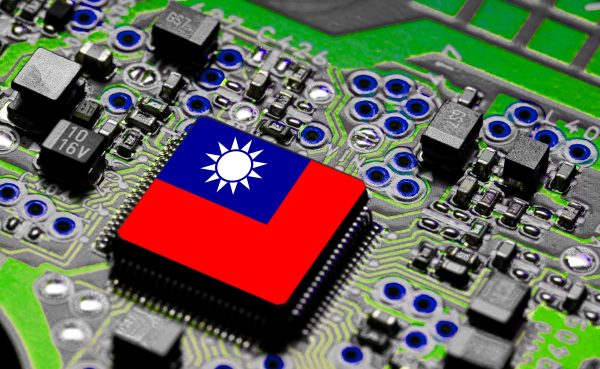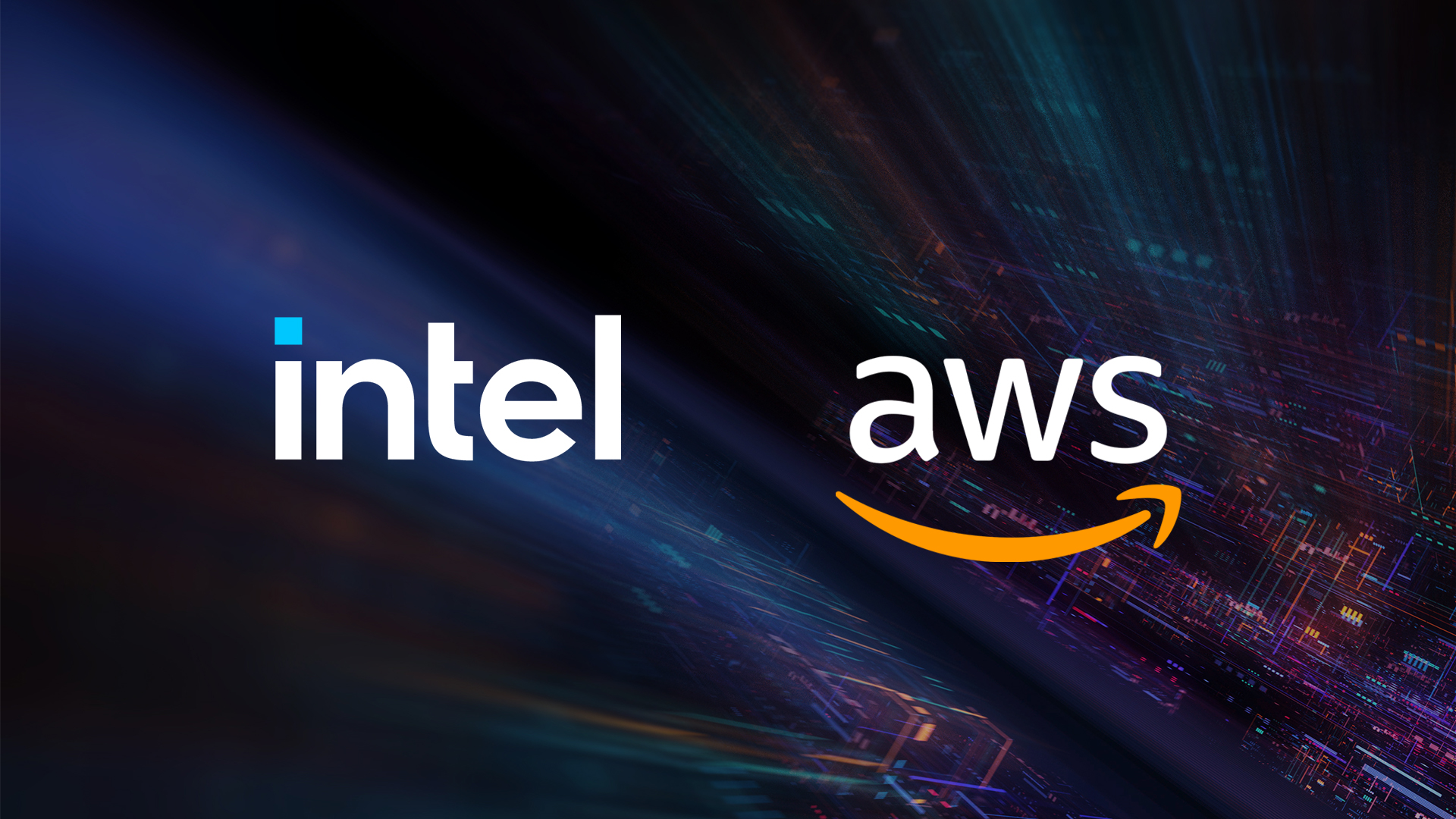Fundamentally, there is a difference in seeing where the majority of Intel's value is. Pat G probably thinks it is in the foundry business, and today, a large part (if not the majority) of the investor community seem to think that it is in the products.
I am with Pat G on this matter. TSMC's valuation is $800B+, while AMD is worth $245B today. Note that TSMC is meaningfully discounted because it is a Taiwanese company (in other words, if TSMC were a US company, it would be valued a lot higher), while AMD is probably over valued somewhat.
Now, imagine Intel just close its fab business, and becomes a pure product company. What will happen? Is intel suddenly going to make a lot of money in AI accelerators? No, it will still be a No.3 player at best in AI for quite some time. The market does not place high value with No.3 or even No.2 when the No.1 makes more than 10 times of money than you (just look at Google search v.s bing). X86 business can at best hold its market share when hyperscalers such as AWS and GCP are all developing their own ARM based chips. Also note that, in previous decades, Intel's dominance in CPU business was most likely because it had the best manufacturing technology, and much less because its product design was so much better than competition. Today's Lunar lake success is also most likely due to a superior process node (N3B) v.s. competition.
On the other hand, over the many years in its dominant position, Intel probably has accumulated a lot of R&D potentially crucial in future foundry business (one example is at
https://semiengineering.com/the-race-to-glass-substrates/), why just throw them away when returning to technology leadership seems near?




